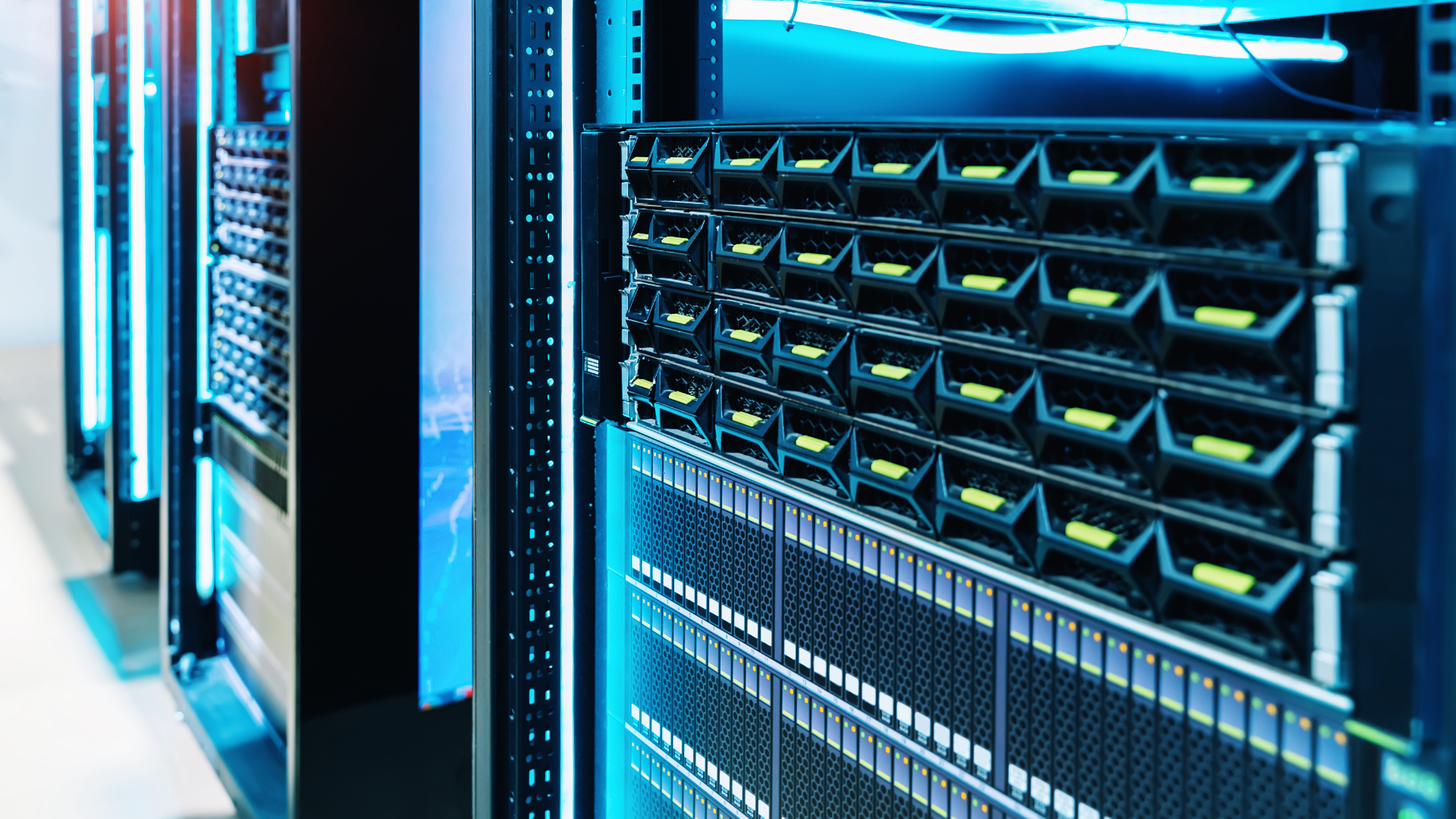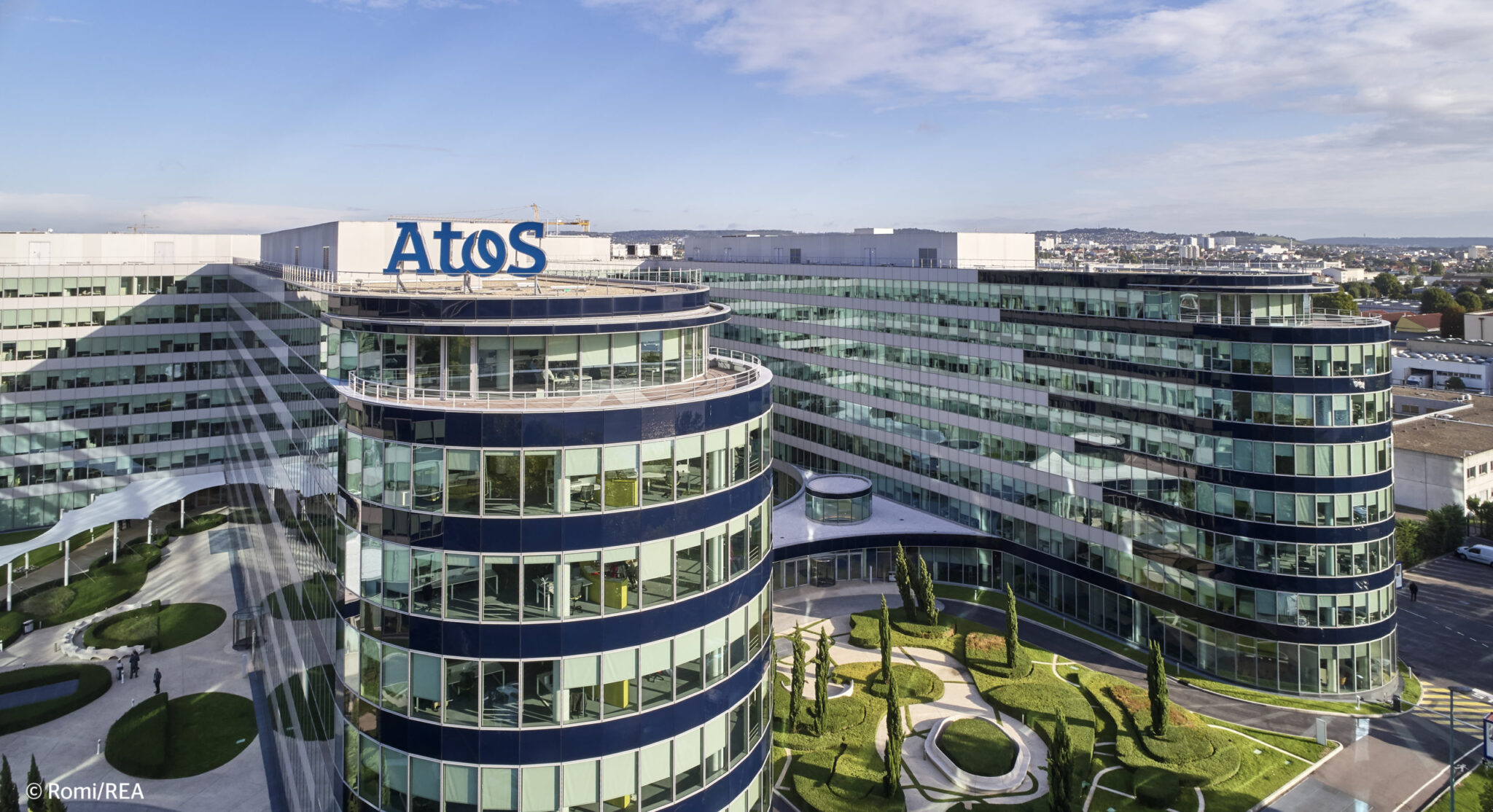Until a decade ago, data centres remained in the shadows – treated as the technical back office of the business, a place to host applications, mail or store data. They were indispensable, but few outside the industry gave much thought to their role. Today, the situation is very different. In the age of artificial intelligence, data centres have become “gigafactories” of computing, without which the development of new technologies would be impossible.
It was not an evolution, but a leap that completely changed the IT industry and the way we think about digital infrastructure.
From the server room to the critical infrastructure
Between 2010 and 2015, data centres were mainly associated with local server rooms that supported business applications and stored companies’ growing data resources. Their role was to ensure the stability and security of core processes – from ERP to email.
The breakthrough came with the rapid growth of the public cloud. Amazon Web Services, Microsoft Azure and Google Cloud began to expand globally, investing in data centre networks that quickly ceased to resemble classic server rooms. Scale grew exponentially and the term ‘hyperscale’ began to dominate the industry.
The era of the cloud and global scaling
Hyperscale means hundreds of thousands of servers, deployed in facilities optimised for automation, performance and flexibility. It is thanks to them that the digital transformation of companies has accelerated – from simple hosting to advanced SaaS and IaaS services.
For technology providers, it was a moment of consolidation. It was less and less about local server rooms and more about the ability of partners to integrate cloud services and global platforms. Data centre operators gained a new role – they became the backbone of the digital economy.
AI as a turning point
The real revolution came with the boom in artificial intelligence, particularly generative intelligence. AI models require massive computing power, specialised GPU and TPU chips and HPC-class infrastructure.
Training one large generative model can involve tens of thousands of GPUs and take weeks. This has put data centres at the centre of the global technology race. Without them, AI development simply would not be possible.
The scale of investment speaks for itself. According to market data, Microsoft, Alphabet, Amazon and Meta will spend a combined $245 billion on capital expenditure in 2024. Forecasts for 2025 predict that this figure could exceed $360 billion – in large part precisely because of AI. These are figures that change the balance of power across the industry.
Rising energy costs and the sustainability dilemma
However, this growth comes at a price. According to the International Energy Agency, data centres will consume around 945 terawatt hours of energy in 2030 – more than double the amount in 2024. This is equivalent to the demand of a medium-sized industrialised country.
The biggest challenges are not only the cost of energy, but also cooling and water consumption. Traditional air-conditioning systems are consuming increasing amounts of energy, and local communities are increasingly raising questions about the environmental impact of data centre facilities.
In response, operators are accelerating investment in innovative solutions. Liquid cooling is playing an increasingly important role to manage temperatures more effectively in dense GPU installations. In parallel, programmes to use renewable energy are being developed – some new data centres are being built close to RES sources to minimise the carbon footprint.
Gigafactories of computing – the future of data centres
Today, data centres are increasingly being compared to factories. Just as in the 20th century refineries or power plants drove industrial development, in the 21st century gigafactories of computing are becoming the foundation of the digital economy.
Their role is no longer limited to supporting business processes. They are a strategic resource in the global technology race, in which companies that can combine computing power with energy efficiency will gain an advantage.
In the next few years, we can expect further automation of management, integration with local energy sources, as well as new climate regulations. At the same time, opportunities are growing for the IT market and sales channel – from cooling technology suppliers to system integrators to energy optimisation support companies.
New decade, new challenges
A decade of transformation has transformed data centres from an invisible IT back-office to a central part of the digital infrastructure. The next one will bring even greater challenges – not only related to AI, but also to reconciling the scale of computing with environmental realities and energy costs.
If history is to repeat itself, data centres will gain a similar status in the future as power plants and refineries once had – they will become not just a tool, but a strategic asset on which the pace of the global digital economy will depend.












